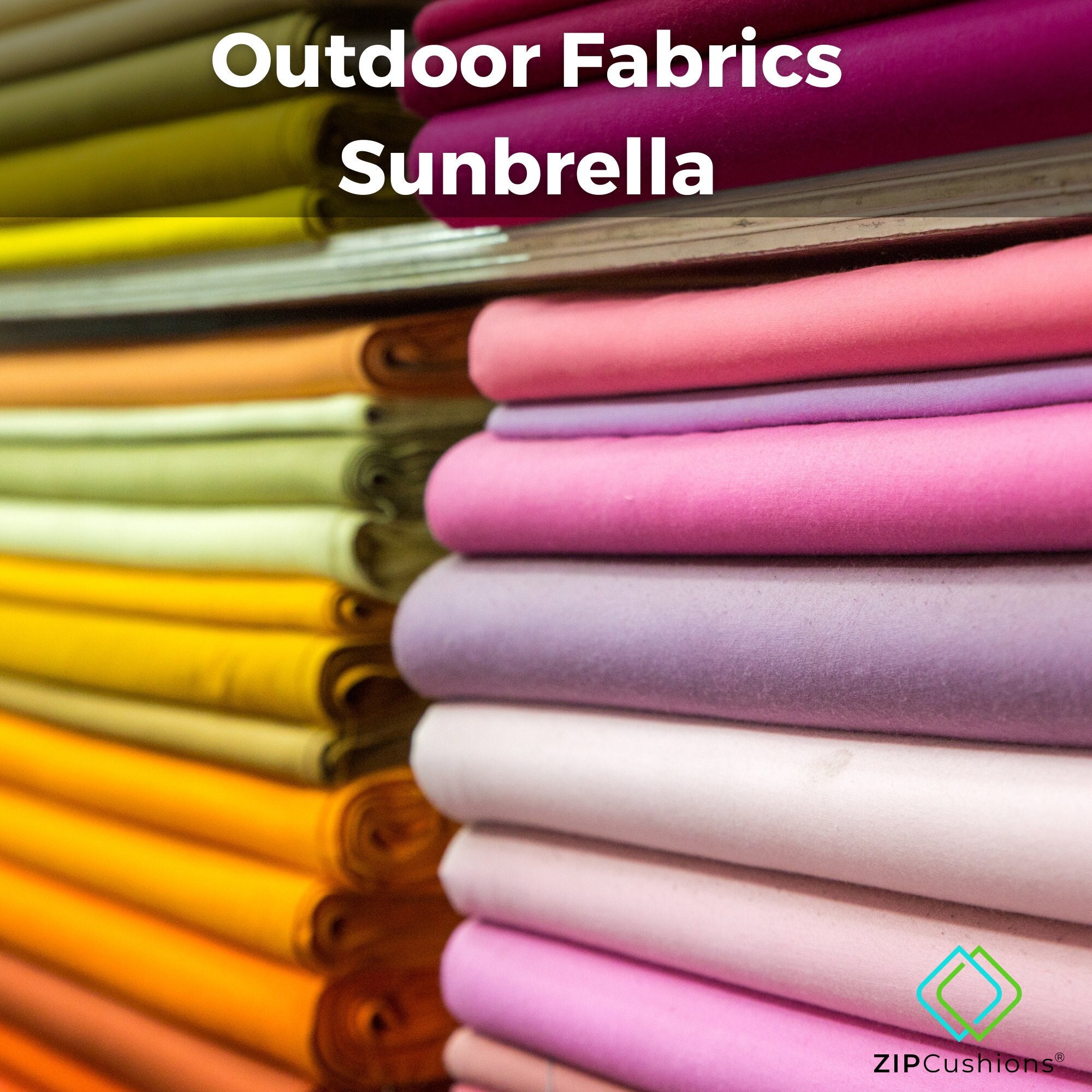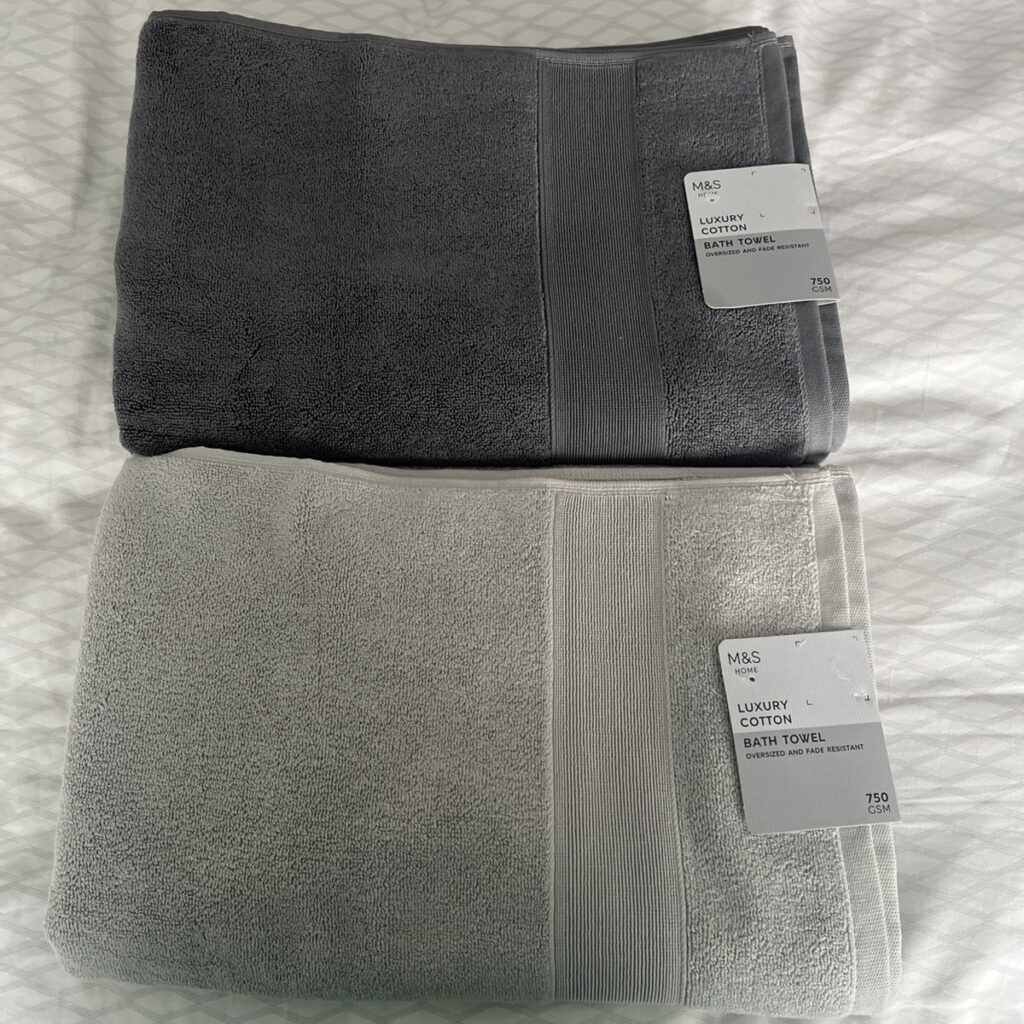Is Cotton Fade-Resistant Like Wool?

Fabric compatibility is a crucial consideration in fashion and sewing, influencing the durability and aesthetics of garments. Cotton and wool are two popular natural fibers, each with unique properties. Understanding their compatibility helps in creating garments that are not only stylish but also long-lasting. In this article, we’ll explore whether cotton is fade-resistant like wool and how these fabrics can be effectively mixed.
Compatibility Analysis
The question of whether cotton is fade-resistant like wool can be answered with a clear “No.” Cotton and wool have different properties that affect their resistance to fading. Wool is generally more fade-resistant due to its protein-based structure, which absorbs dyes more effectively and retains color longer. Cotton, on the other hand, is more prone to fading, especially when exposed to sunlight and frequent washing.
Why Cotton and Wool Work Together
Despite their differences, cotton and wool can be combined effectively in fashion and home decor. Here’s why:
- Texture: Wool’s softness complements the crispness of cotton, creating a balanced texture.
- Weight: Wool is heavier, adding warmth, while cotton is lightweight, offering breathability.
- Stretch: Wool has natural elasticity, while cotton is more rigid, providing structure.
- Care Requirements: Both require gentle care, though wool often needs more delicate handling.
- Durability: Wool is more durable, while cotton adds comfort and ease.
Fabric Properties Comparison Table
| Property | Cotton | Wool |
|---|---|---|
| Fiber Content | Natural | Natural |
| Weight and Thickness | Light to medium | Medium to heavy |
| Breathability | Highly breathable | Moderate |
| Moisture-Wicking | Low | High |
| Stretch and Elasticity | Low | Moderate |
| Wrinkle Resistance | Low | High |
| Care Instructions | Machine washable, iron | Hand wash, low iron |
| Durability | Moderate | High |
Benefits of Mixing These Fabrics
Combining cotton and wool offers several advantages:
- Enhanced Texture: The blend provides a unique texture that adds visual interest.
- Improved Comfort: Wool’s warmth and cotton’s softness create a comfortable garment.
- Better Drape: Wool’s weight enhances the drape of cotton garments.
- Cost-Effectiveness: Mixing can reduce costs compared to using pure wool.
- Seasonal Versatility: Suitable for both warm and cool climates.
- Design Possibilities: Offers a range of styling options from casual to formal.
Potential Challenges
Mixing cotton and wool comes with challenges:
- Different Shrinkage Rates: Wool may shrink more than cotton, requiring pre-washing.
- Conflicting Care Requirements: Wool needs gentler care than cotton.
- Texture Clash: Pilling may occur if not handled properly.
- Seam Puckering: Occurs if fabrics are not aligned properly.
- Color Bleeding/Fading: Cotton may fade faster; use color-safe detergents.
Practical Solutions
- Pre-wash fabrics to manage shrinkage.
- Use compatible detergents and wash settings.
- Use a walking foot to prevent puckering.
Sewing & Styling Tips
- Sewing Techniques: Use a walking foot to handle different fabric weights.
- Needle and Thread: Use a universal needle and polyester thread for strength.
- Interfacing: Lightweight interfacing can stabilize seams.
- Seam Finishing: Use French seams for a clean finish.
- Pattern Selection: Choose patterns that accommodate both fabric weights.
- Styling Ideas: Pair wool coats with cotton shirts for a layered look.
Care & Maintenance Guide
- Washing Instructions: Use cold water and gentle cycle for cotton-wool blends.
- Drying Recommendations: Lay flat to dry to prevent stretching.
- Ironing Tips: Use a low heat setting and steam for wool.
- Stain Removal: Treat stains immediately with fabric-specific solutions.
- Long-Term Care: Store in a cool, dry place to prevent moth damage.
FAQ Section
-
Can you wash cotton and wool together?
Yes, but use a gentle cycle and cold water. -
Will wool shrink more than cotton?
Yes, wool is more prone to shrinkage. -
What needle size should I use for sewing these fabrics together?
A universal needle, size 80/12, is recommended. -
Can you mix cotton and wool in one garment?
Absolutely, they can complement each other well. -
How do you prevent pilling when combining these fabrics?
Use a fabric shaver and wash gently. -
Is it okay to mix cotton and wool for upholstery?
Yes, but consider the care requirements for each. -
What’s the best way to finish seams with these fabrics?
French seams or serging are effective methods.
By understanding the properties and compatibility of cotton and wool, you can create stylish, durable garments and home decor items that leverage the best of both fabrics.

Leave a Reply